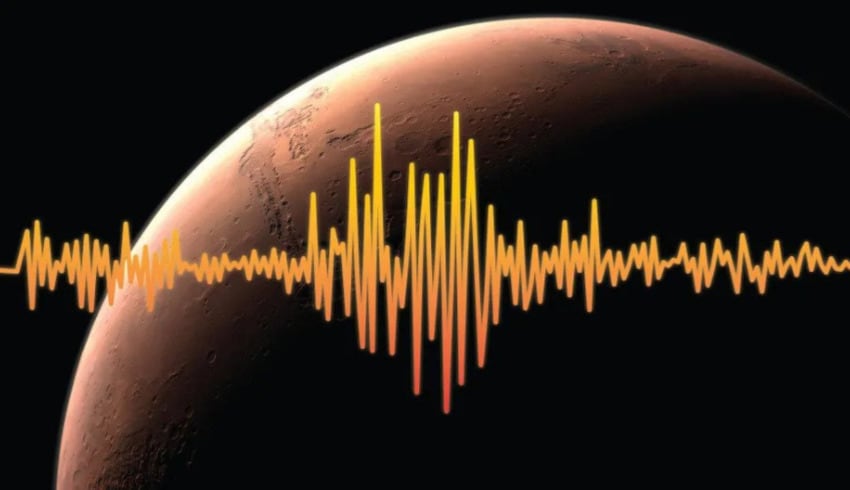- Web Desk
- 6 Hours ago
Scientists surprised by source of largest quake detected on Mars
-

- Hum News
- Oct 19, 2023

WEB DESK: In a groundbreaking discovery on May 4, 2022, NASA’s InSight lander detected the largest recorded quake on Mars, measuring 4.7 in magnitude. While this may seem modest by Earth standards, it signifies a substantial seismic event on our planetary neighbour, where traditional plate tectonics are absent.
Initially thought to be caused by a meteorite impact, the absence of a corresponding crater left scientists puzzled.
A recent study, led by planetary scientist Ben Fernando from the University of Oxford, published in the journal Geophysical Research Letters, reveals that the marsquake was, in fact, a result of tectonic activity within Mars’ interior.
“This represents a significant step forward in our understanding of Martian seismic activity and takes us one step closer to better unraveling the planet’s tectonic processes,” explained Constantinos Charalambous, co-chair of InSight’s Geology Working Group at Imperial College London.
Read More: Meta to limit some Facebook comments on Israeli, Palestinian posts
Contrary to Earth’s shifting plates, Mars has a single solid crust, but it is not devoid of seismic activity. Active faults on Mars, associated with the planet’s gradual shrinking and cooling, can trigger quakes even without active plate tectonics.
The 4.7 magnitude quake was located in the Al-Qahira Vallis region, around 1,200 miles southeast of InSight’s location.
Despite the energy released during this event surpassing the cumulative energy from all other recorded marsquakes, the origin initially stumped scientists. The seismic signature resembled meteorite impacts, prompting collaboration with various space agencies monitoring the Martian surface. However, no evidence of an impact was found.
“The absence of a crater in our image search for this large marsquake represents a significant milestone in interpreting seismic signals on Mars,” Charalambous noted.
As InSight’s operations concluded in 2022, understanding Martian seismic activity becomes crucial for future human missions.
The researchers emphasise the importance of each seismic event as a valuable piece in unveiling Mars’ geological history and planning for future exploration.
“On Earth, a quake of this size would probably break windows, shake things off shelves, etc., but would not bring the house down,” remarked Ben Fernando, underlining the relevance of comprehending Martian seismicity for potential human missions to the Red Planet.




